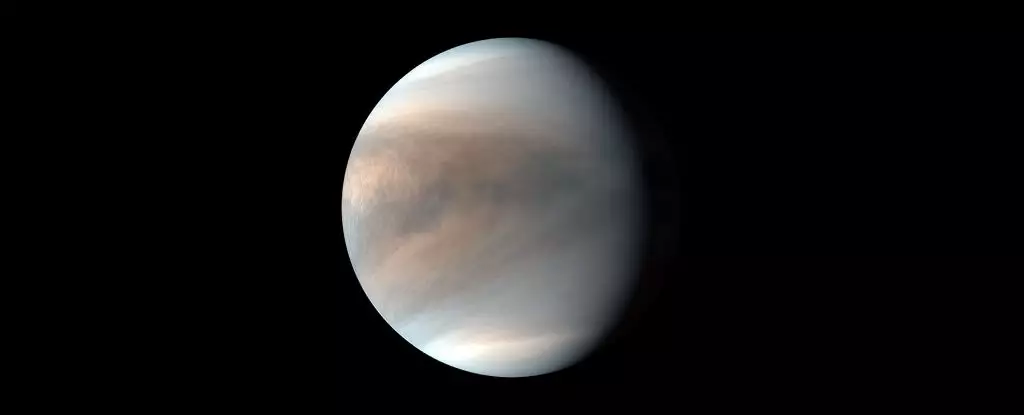The Surprising Discovery
Planetary atmospheres are known to be leaky, with Earth itself losing about 90 tonnes of atmospheric material every day. This phenomenon provides insights into the evolution of other planets in our solar system. A recent discovery involving Venus, Earth’s evil twin, has intrigued scientists. A spacecraft passing by Venus detected carbon and oxygen atoms escaping from its atmosphere, offering valuable clues about the planet’s drastic transformation.
The Evolution of Venus
Venus, once believed to be akin to a temperate world like Earth, is now a scorching hell-planet shrouded in clouds of carbon dioxide that rain sulfuric acid. The detection of carbon and oxygen leaking from Venus raises questions about the planet’s atmospheric evolution. Understanding the loss of heavy ions and the escape mechanisms at Venus is crucial to unraveling the mystery of how the planet has undergone such a radical change.
The Akatsuki Orbiter Mission
Although Venus is Earth’s nearest orbital neighbor and shares similarities with our planet, there is limited in-situ information about Venus. The Akatsuki orbiter, a dedicated mission studying Venus up close since 2010, is currently the primary source of data on the planet. However, other spacecraft on different missions, like the BepiColombo joint mission, have provided additional insights into Venus during flybys.
BepiColombo’s Encounter with Venus
During its mission to study Mercury, the BepiColombo spacecraft conducted two close flybys of Venus in 2020 and 2021. The second flyby took BepiColombo into a previously unexplored part of Venus’s magnetic environment. Unlike Earth, Venus does not generate a magnetic field internally; instead, its magnetic field is the result of interactions between charged particles in the planet’s upper atmosphere and the solar wind.
The Escape Mechanism
BepiColombo’s instruments detected oxygen and carbon ions escaping from Venus’s atmosphere. This discovery, particularly the observation of positively charged carbon ions leaving Venus, poses intriguing questions about the mechanism behind this phenomenon. Scientists are still trying to understand how these heavy ions, typically slow-moving, are accelerated enough to overcome Venus’s gravity.
Future Missions to Venus
Several upcoming missions are set to study Venus in more detail, aiming to address unanswered questions about the planet. These missions will investigate the escape mechanism for carbon ions, the volcanic activity on Venus, and the potential for life within its clouds. Furthermore, researchers hope to gain a better understanding of how Venus evolved from a planet that may have been similar to Earth in the past.
Unraveling the Mystery
While recent findings suggest that atmospheric escape alone cannot account for the loss of Venus’s historical water content, scientists remain optimistic about uncovering more secrets about the planet. With ongoing and future missions dedicated to studying Venus, there is hope that we will gain a comprehensive understanding of this enigmatic planet and its evolution over time.


Leave a Reply